“Maybe it’s because we haven’t always been very nice”. “Most of the world thinks we’re barbarians”. These were two opinions expressed when we commented on Serbia’s lack of tourists, despite Belgrade being less than a 3-hour flight with Air Serbia. There’s no doubt that the country has at various times, had difficult relationships with its former Yugoslav neighbours, most notably during the Bosnian War. We tried to be non-judgemental and concentrate on the cultural aspects and architectural legacies.
Belgrade
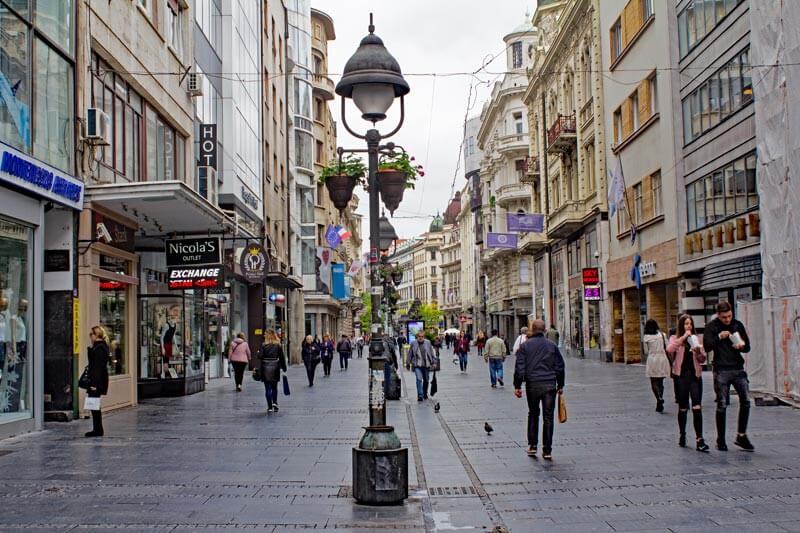 Our tour began in the capital, Belgrade, with four nights at the historic Hotel Majestic. The nearby Knez Mihailova, the main pedestrianised street, was lined with buildings, which ranged from beautiful to ugly, depending on their Ottoman or Communist history. International chain stores like Zara and Monsoon blended easily with local brands, and cafes and restaurants had outdoor terraces complete with blankets and heaters for cool nights.
Our tour began in the capital, Belgrade, with four nights at the historic Hotel Majestic. The nearby Knez Mihailova, the main pedestrianised street, was lined with buildings, which ranged from beautiful to ugly, depending on their Ottoman or Communist history. International chain stores like Zara and Monsoon blended easily with local brands, and cafes and restaurants had outdoor terraces complete with blankets and heaters for cool nights.
We found open spaces and fresh air in Kalemegdan Park and the New Cemetery. However, the Belgrade Waterfront, on the confluence of the Rivers’ Sava and Danube, was still under development but will create additional public space, restaurants, shops and apartments.
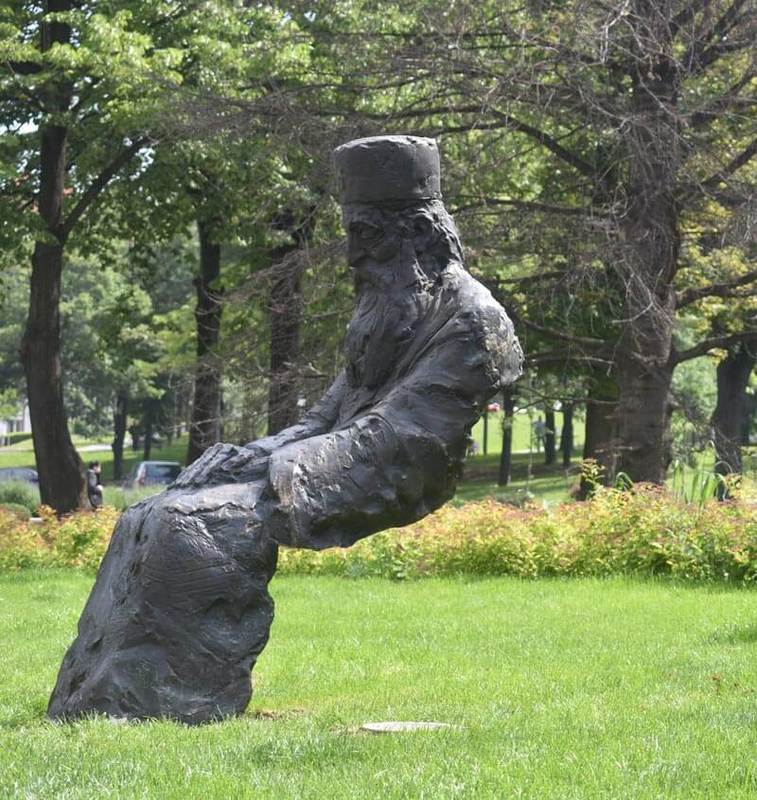 The Serbian Orthodox Church of St. Mark’s, with its ‘hovering priest’ outside, had colourful frescoes, an ornate iconostasis (the wall separating the nave from the sanctuary) and a centre devoid of seating as worshippers stand during services. Disappointingly, the ‘eternal construction’ of St. Sava’s is ongoing, and we had to admire the world’s third-largest Orthodox building from outside. It’s worth noting many churches forbid photography, shorts, strappy tops and flip flops.
The Serbian Orthodox Church of St. Mark’s, with its ‘hovering priest’ outside, had colourful frescoes, an ornate iconostasis (the wall separating the nave from the sanctuary) and a centre devoid of seating as worshippers stand during services. Disappointingly, the ‘eternal construction’ of St. Sava’s is ongoing, and we had to admire the world’s third-largest Orthodox building from outside. It’s worth noting many churches forbid photography, shorts, strappy tops and flip flops.
In the ‘Whitehall’ of Belgrade, cruise missiles targeted government buildings during NATO bombings in 1999. Some have been deliberately left damaged as a defiant gesture to what the Serbs perceived as an unjust campaign.
We failed to visit the complex housing the Museum of Yugoslav History and Tito’s Mausoleum as its location on the outskirts, busy roads and public transport defeated us. Belgrade doesn’t have an underground transport system, but Vuk’s Statue marks the entrance to the only underground station built before the project was halted.
Novi Sad and neighbouring Sremski Karlovci were an easy day trip by bus, but when the former is one of the European Capitals of Culture in 2021, it’s likely to warrant a longer visit.
Sights outside Belgrade
Leaving the city, our itinerary took us to the main sites of Serbia (which is around the same size as Austria or Portugal). Most are inaccessible by public transport, so having our own driver/guide allowed us to get around easily. The countryside scenery was breath-taking with mountains, national parks and paths lined with colourful wildflowers including poppies, peonies and cowslips. The Danube travels nearly 600km across Serbia and we took an afternoon cruise through the Iron Gates, a gorge separating Serbia and Romania.
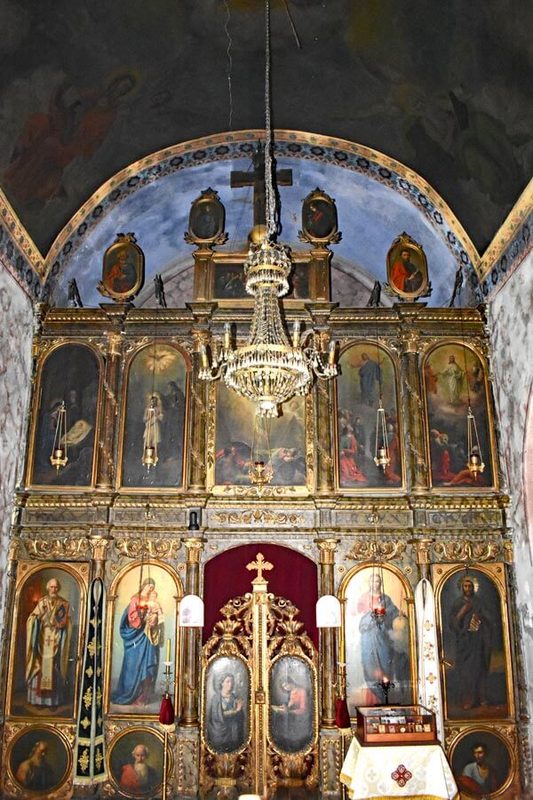 The Romans left their mark, building roads and constructing garrisons and we visited the ruins at Viminacium and fortified Roman palace at Felix Romuliana at Gamzigrad.
The Romans left their mark, building roads and constructing garrisons and we visited the ruins at Viminacium and fortified Roman palace at Felix Romuliana at Gamzigrad.
Many Medieval Serbian Orthodox monasteries were built in beautiful locations and we visited Studenica, said to be the most impressive, and Bukovo. The latter is surrounded by the vineyard-clad Bratujevac Hills and we couldn’t resist buying a bottle of the monk-made black Tamjanika wine.
Serbia has several ski resorts which offer summer hiking opportunities. However, we found Zlatibor, where we stayed at the Idila Hotel and Spa, a disappointing town due to significant volume of building work and tacky children’s attractions.
Finally, just before crossing the border into Bosnia and Herzegovina, we rode the Sargan Eight Railway and visited the nearby ‘timber town’ of Drvengrad, also known as Kűstendorf.
Serbian food and drink
Traditional dishes are meat centric and we enjoyed červapčići (beef kebabs) in Kolarac, goulash in Brankovina (both in Belgrade) and the artery furring, but wonderful komplet lepinja at Restoran Bajka. Salads are ubiquitous, particularly the simple šopska salata, (cucumber, tomatoes and Serbian grated cheese), but we saw few vegetables. There were also good Italian restaurants and we enjoyed pizza at Trattoria Campania in Belgrade. Kajmak, a salty cream cheese spread unique to Serbia, appeared to go with everything.
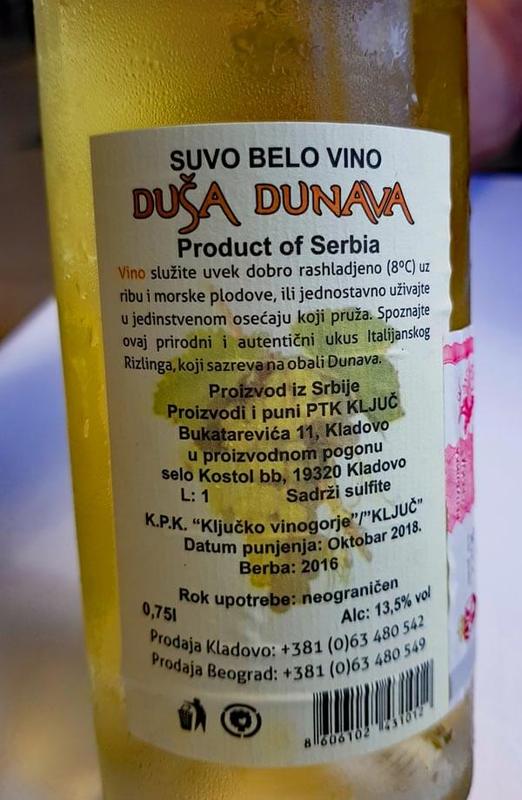 Menus were generally in English and dishes were often accompanied by a weight sign: for example, the dish we enjoyed at the Hotel Aquastar Danube in Kladovo was shown as 350g, but it wasn’t clear whether this was the meat content or whole dish. Eating was relatively cheap and a simple dinner in a moderate restaurant was around £20 to £25 with drinks
Menus were generally in English and dishes were often accompanied by a weight sign: for example, the dish we enjoyed at the Hotel Aquastar Danube in Kladovo was shown as 350g, but it wasn’t clear whether this was the meat content or whole dish. Eating was relatively cheap and a simple dinner in a moderate restaurant was around £20 to £25 with drinks
Smoking is a traditional Serbian pastime and most restaurants do not have no-smoking sections. On finding a ‘no smoking’ sign on a cafe the table, our guide said a typical Serb would simply remove it and replace it with an ash tray.
Jelen, a pale lager was widely available on draft. Wine is widely made in Serbia and staying at the Nikolic Winery allowed us to sample perhaps more than we should have. Rakija, is fiery drink traditionally made from grapes, but often other fruit and was an interesting end to a meal.
We’d expected thick Turkish coffee to be served, so it was a pleasant surprise to find espresso and cappuccino also widely available.
The Serbians pride themselves on the quality of their tap water which is safe even for foreigners to drink.
Language/currency
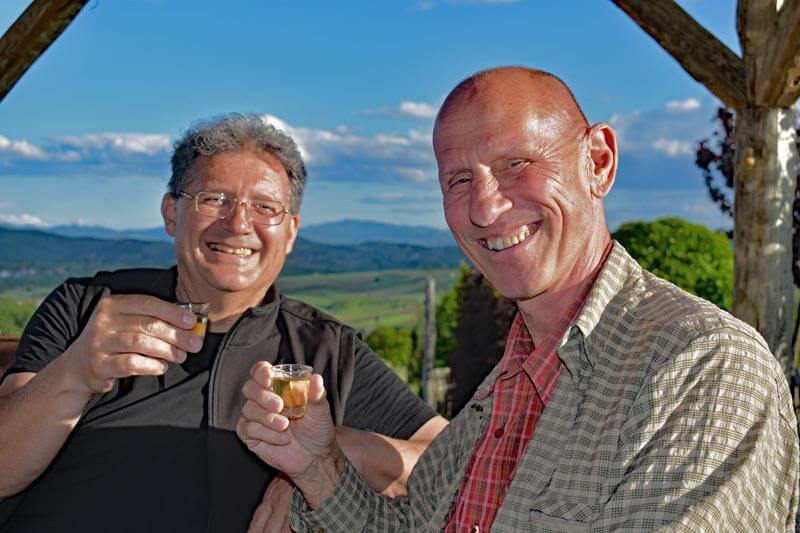 Serbia uses the Cyrillic alphabet, but most people we encountered spoke good or reasonable English. Where street signs were only in Cyrillic, we could often interpret them and find our way around. Serbia uses the Dinar which can only be obtained on arrival and cannot be taken out of the country. It’s easy to change either sterling, dollars or Euro and the rate appeared standard. Credit cards were accepted and when requesting the bill, we were always asked ‘cash or credit card?’
Serbia uses the Cyrillic alphabet, but most people we encountered spoke good or reasonable English. Where street signs were only in Cyrillic, we could often interpret them and find our way around. Serbia uses the Dinar which can only be obtained on arrival and cannot be taken out of the country. It’s easy to change either sterling, dollars or Euro and the rate appeared standard. Credit cards were accepted and when requesting the bill, we were always asked ‘cash or credit card?’
We found everyone we met to be friendly and hospitable and if you can put history to one side, it’s a country that should be visited soon before everyone realises that Serbians are not barbarians.











